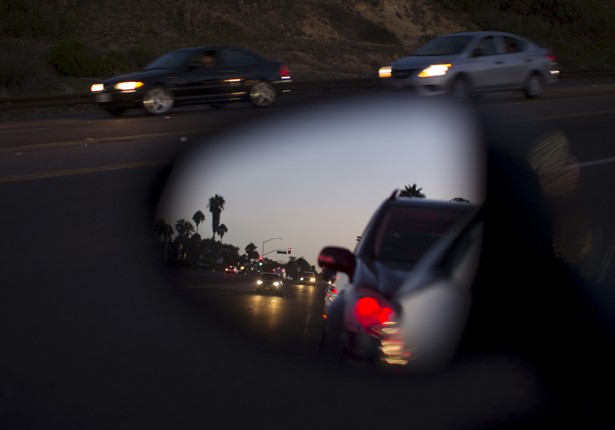
The words “selfie” and “arrest,” combined in one Google search, already yield a pretty astonishing batch of results. There are people who took photos of themselves while getting arrested, people who got themselves arrested by taking illicit photos, and so on, and so forth.
The world’s latest selfie-related arrest involves three suspected car thieves who snapped a picture of themselves while driving in a stolen car, using the owner’s stolen phone—only to have it inadvertently upload to the owner’s computer. Lucille Lavoie of Winnipeg, Canada saw the photo automatically appear on her laptop and immediately brought it to local police, who found and arrested the suspects in less than a week.
Lavoie was carrying groceries out of her car when it was stolen by two young men and one young woman. Later that night, back at home, she opened her laptop.
“I clicked on it, and, my goodness, there it was, yeah the three of them," she told a local Canadian news source, adding that it “felt like it was Christmas.”
Beyond serving as a remarkable example of horrible criminal planning, the ordeal highlights exactly how wild the selfie craze has become around the world. Selfies are so popular that there are names for specific photo tropes, and selfie-enabling devices—also known as selfie sticks—are so ubiquitous that they’re being banned in many places for posing a danger to public safety. The phenomenon has also been linked to some darker societal problems, such as narcissism, mental illness, and body dysmorphia.
But police departments, at least, aren’t complaining too much. As evidenced in the Winnipeg case, it certainly makes their jobs a lot easier.